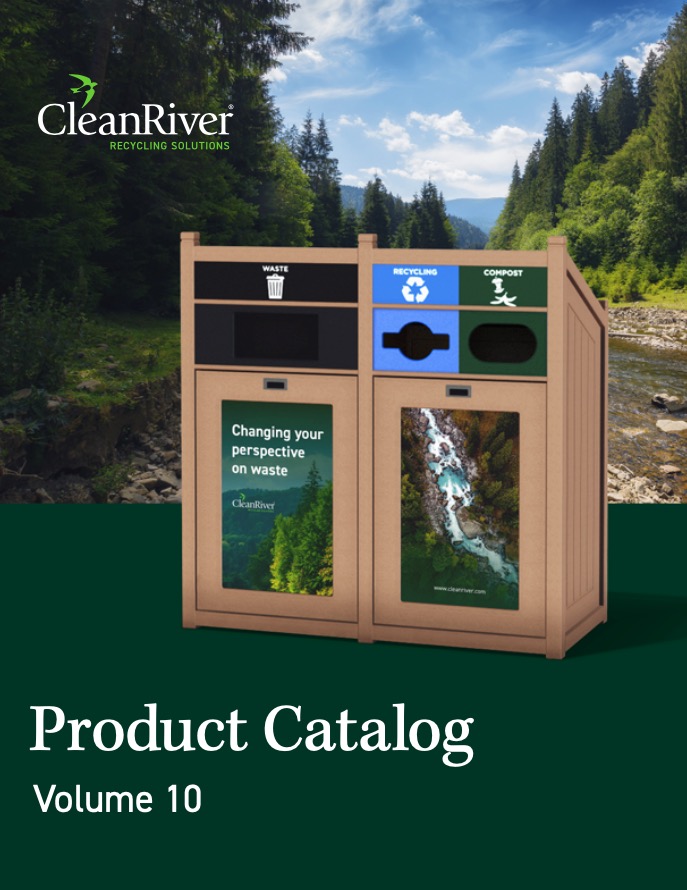In the journey toward sustainability, universities and colleges hold a unique position of influence and responsibility.
With thousands of students, staff, and visitors passing through their campuses daily, these institutions can significantly impact environmental preservation through effective recycling strategies.
This article explores practical recycling solutions tailored for higher education settings, aiming to inspire action and foster a culture of sustainability within these vibrant communities.
Understanding the Recycling Landscape
Before diving into specific strategies, it's essential to grasp the current recycling landscape within universities and colleges.
These institutions produce a diverse range of waste, from paper and plastics to e-waste and food scraps. The challenge lies not only in collecting and sorting these materials but also in ensuring they are recycled properly and efficiently.
Moreover, the transient nature of the student population and the sprawling campus layouts can complicate recycling efforts. Acknowledging these challenges is the first step toward overcoming them.
Establishing a Recycling Infrastructure
Centralized Recycling Stations
A cornerstone of any successful recycling program is a well-thought-out infrastructure. Centralized recycling stations strategically placed around campus make it convenient for individuals to recycle. These stations should be clearly marked and located in high-traffic areas, such as dining halls, libraries, and dormitories, to maximize usage.
Specialized Collection for E-Waste and Hazardous Materials
Given the unique waste streams generated by educational institutions, including lab materials and electronic waste, specialized collection points for hazardous materials and e-waste are essential. These points ensure safe disposal and prevent harmful substances from entering landfills.
Fostering Engagement and Education
Interactive Recycling Workshops
Engagement is key to the success of recycling programs. Interactive workshops that educate students and staff about the importance of recycling and how to recycle correctly can significantly increase participation rates. These sessions can be incorporated into orientation programs or offered as standalone events throughout the year.
Digital Platforms for Awareness
Utilizing digital platforms, such as social media and the university's website, to spread awareness and provide updates about recycling initiatives can keep the community informed and motivated. Sharing success stories and recycling tips can also encourage a culture of sustainability.
Leveraging Technology
Implementing Recycling Apps
Technology can play a pivotal role in enhancing recycling efforts. Mobile apps that provide information on recycling bin locations, materials accepted, and tips for reducing waste can make recycling more accessible and engaging for the campus community.
Data-Driven Decision Making
Collecting and analyzing data on waste and recycling rates can help universities fine-tune their programs. This data-driven approach allows for targeted interventions, such as increasing recycling bins in areas with high waste generation or launching educational campaigns addressing specific recycling challenges.
Collaboration and Community Involvement
Partnerships with Local Recycling Facilities
Building strong partnerships with local recycling facilities and waste management companies can ensure that recycled materials are processed correctly and efficiently. These collaborations can also open opportunities for student internships and community engagement initiatives.
Campus-Wide Recycling Events
Organizing campus-wide recycling events, such as electronics recycling drives or clothing swap meets, can raise awareness and encourage participation in recycling efforts. These events also foster a sense of community and shared responsibility toward environmental stewardship.
Continuous Improvement and Innovation
Pilot Programs for Composting and Zero Waste
Experimenting with pilot programs, such as composting food waste or striving for zero waste at campus events, can push the boundaries of traditional recycling efforts. These initiatives can serve as models for scaling successful practices across the campus and beyond.
Feedback Loops
Creating channels for feedback from the campus community on the recycling program's effectiveness allows for continuous improvement. Engaging students and staff in the conversation ensures that the program evolves to meet the community's needs and preferences.
Conclusion
Universities and colleges are in a prime position to lead the charge in sustainability through innovative and effective recycling strategies.
By establishing a robust recycling infrastructure, fostering engagement and education, leveraging technology, collaborating with local partners, and continuously seeking improvement, these institutions can make a significant impact on environmental preservation.
The journey toward a more sustainable future is a collective effort, and by implementing these strategies, universities, and colleges can inspire change not only within their campuses but also in the broader community.
If your institution is ready to take its recycling program to the next level, our team is here to help. With expertise in sustainability initiatives for higher education, CleanRiver can guide you in designing and implementing a recycling strategy that aligns with your goals and values.
Contact us today to start your journey.
